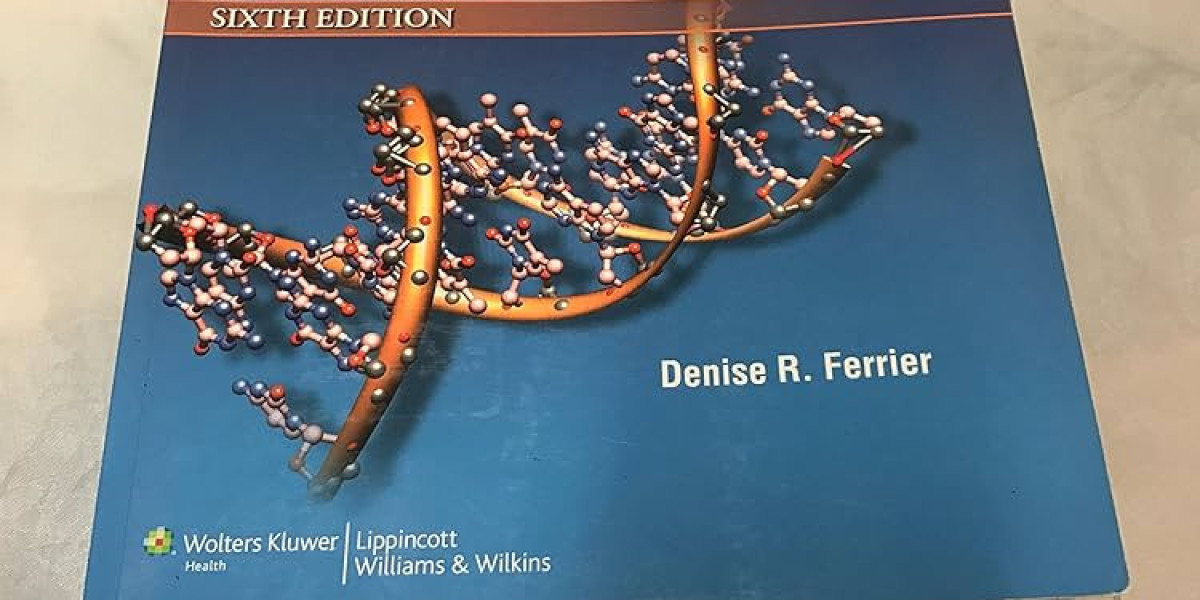In the journey of mastering biochemistry, students often seek resources that not only provide detailed information but also foster a deep understanding of complex concepts. Among the plethora of materials available, Lippincott Biochemistry stands out as a premier textbook that has become a cornerstone for many aspiring biochemists. This article explores how Lippincott Biochemistry facilitates learning and comprehension of intricate biochemical processes.
Comprehensive Coverage of Biochemical Principles
Lippincott Biochemistry offers a thorough exploration of essential biochemical principles, ranging from molecular structure to metabolic pathways. The textbook is meticulously organized, guiding readers through the basics before delving into more complex topics. Each chapter builds on the last, allowing students to connect concepts and see the bigger picture of biochemical interactions within living organisms.
The clear and concise explanations provided in Lippincott Biochemistry make it accessible for students at various levels of understanding. Complex topics such as enzyme kinetics, protein synthesis, and metabolic regulation are broken down into manageable sections, ensuring that readers can grasp even the most challenging concepts.
Visual Aids and Illustrations
One of the standout features of Lippincott Biochemistry is its use of high-quality illustrations and diagrams. These visual aids are not merely decorative; they serve a crucial role in enhancing comprehension. Diagrams illustrating metabolic pathways, for instance, help students visualize the interconnectedness of different biochemical processes. By engaging with these visuals, learners can better retain information and apply it to real-world scenarios.
Clinical Correlations
Lippincott Biochemistry excels in integrating clinical correlations throughout its chapters. This feature bridges the gap between theoretical knowledge and practical application, making the content relevant to students pursuing careers in medicine and health sciences. By presenting real-life case studies and examples, the textbook encourages students to think critically about how biochemical concepts apply to human health and disease.
Study Aids and Review Questions
To further aid in mastering the material, Lippincott Biochemistry includes a variety of study aids and review questions at the end of each chapter. These tools not only reinforce the information presented but also encourage active learning. By challenging students to answer questions based on the content, the textbook promotes self-assessment and ensures that readers can identify areas where they may need further review.
An Engaging Learning Experience
What sets Lippincott Biochemistry apart is its engaging narrative style. The authors have crafted the text in a way that maintains student interest while providing comprehensive information. This approach transforms what could be a dry subject into an exciting field of study, motivating learners to delve deeper into biochemical topics.
Conclusion
In conclusion, Lippincott Biochemistry is an invaluable resource for anyone looking to master the complexities of biochemistry. Its comprehensive coverage, clear explanations, engaging visuals, clinical correlations, and effective study aids combine to create a learning experience that not only educates but also inspires. For students and professionals alike, Lippincott Biochemistry serves as a trusted companion on the path to understanding the biochemical foundations of life. Whether you're preparing for exams or seeking to enrich your knowledge, this textbook is an essential tool for mastering the subject.






